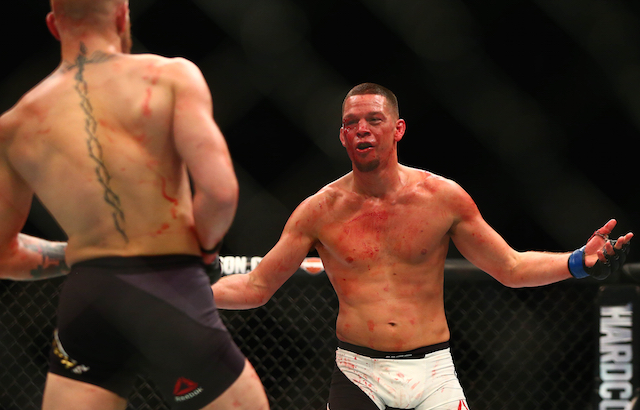Here are two trades I closed recently.
trade 29: long copper +1.6R
This is the longest I've ever held a trade and I wonder perhaps if I should have held longer. The full holding time of this trade was 13 months, so more an investment. I bought on a huge MN domino candle that coincided with my thoughts that commodities would boom in late 2016.
- Entry: Copper was in MOTR L1 (strong buying) price had declined heavily, based then printed a MN bullish domino candle that closed above the prior highs and 200 and 20SMA. I bought at the close of this bar.
- Stops: my initial stop was at the lows of the domino bar. I then move my stop to 70% at the close of the first bar. I use a 3 bar time stop, closing the position if it is not in profit after 3 bars. When the position reaches +0.7R paper profit I move my stop to 30%. I didn't use a TSL, although I'm looking at using domino candle lows.
- Exit: The trade hit my PT of 1.6R.
- Notes: I am happy with this trade. throughout the 13 month hold I had plenty of opportunities that encouraged me to sell. MOTR changed a few times and price stalled at certain levels. However, I learnt here that the trade isn't invalidated simply because the vehicle is no longer in a buying environment. If you think about it, it makes sense that as it moves favourably it will leave the ideal buying environment; it would be more worrying if your system was telling you to buy at prices that offered diminishing returns. You have to expect and accept this will happen when you are in a trade you expect to hold. Having "faith" in the underlying trade idea is very helpful (that commodities were in a bull) but crucial is in trade risk management. If you manage a trade correctly there should really always be more upside than downside that you're exposed to.
trade 30: long USDCAD -0.3R
I bought the USDCAD against MOTR because the entry was on the MN chart. I have noticed that good MN candles often overpower the current MOTR and so in this scenario I was trading with my rules which are to always trade in the clearest strongest direction. I bought a decent MN pin bar that coincided with my thoughts at the time that the USD was undervalued.
- Entry: MOTR S1 (strong selling) but bought as MN candles are often stronger than current MOTR. Bought MN pin @ MN Demand and 50SMA.
- Stops: my initial stop was at the lows of the pin bar. I then move my stop to 70% at the close of the first bar. I use a 3 bar time stop, closing the position if it is not in profit after 3 bars. When the position reaches +0.7R paper profit I moved my stop to 30%.
- Exit: After reaching +0.8R in paper profits price reversed and hit my 30% stop for a -0.3R loss.
- Notes: Despite a small loss I am very happy with this trade and I would have no qualms about taking it again. This shows that if you manage your risk effectively you can expose your capital to slightly riskier opportunities without really taking on any more actual risk than you would ordinarily.





